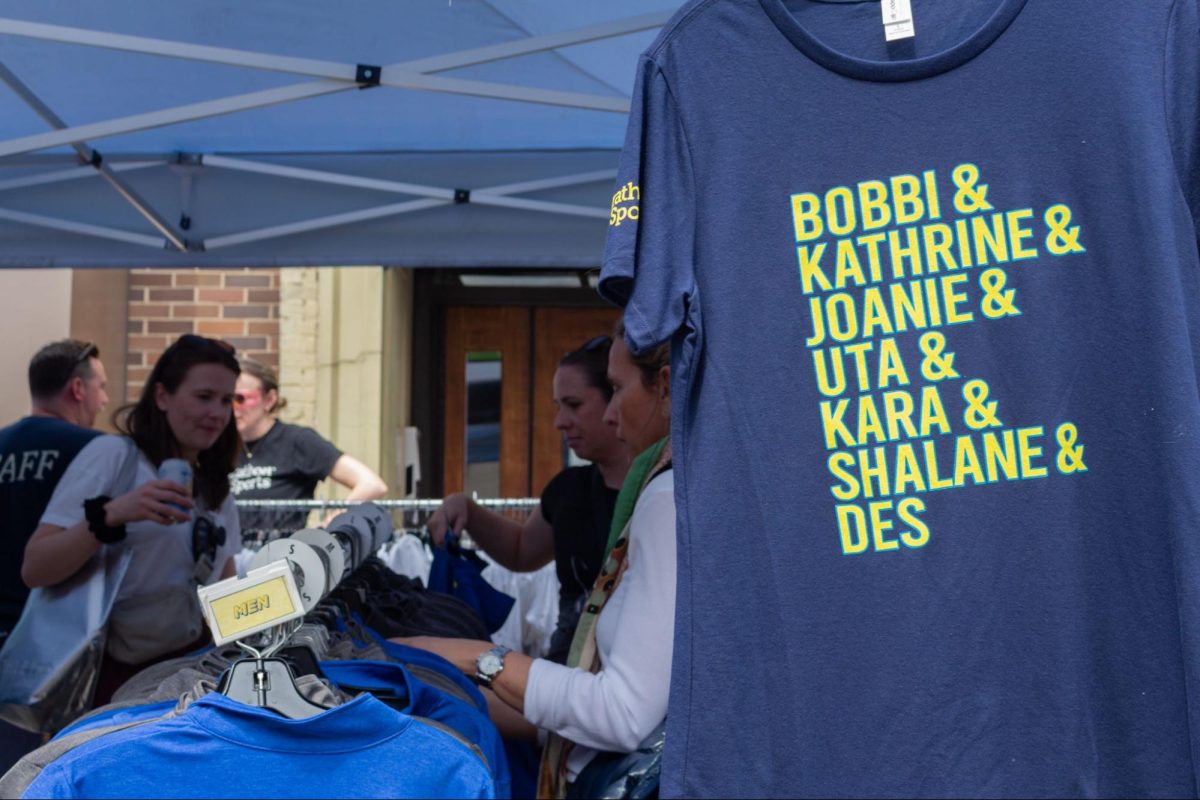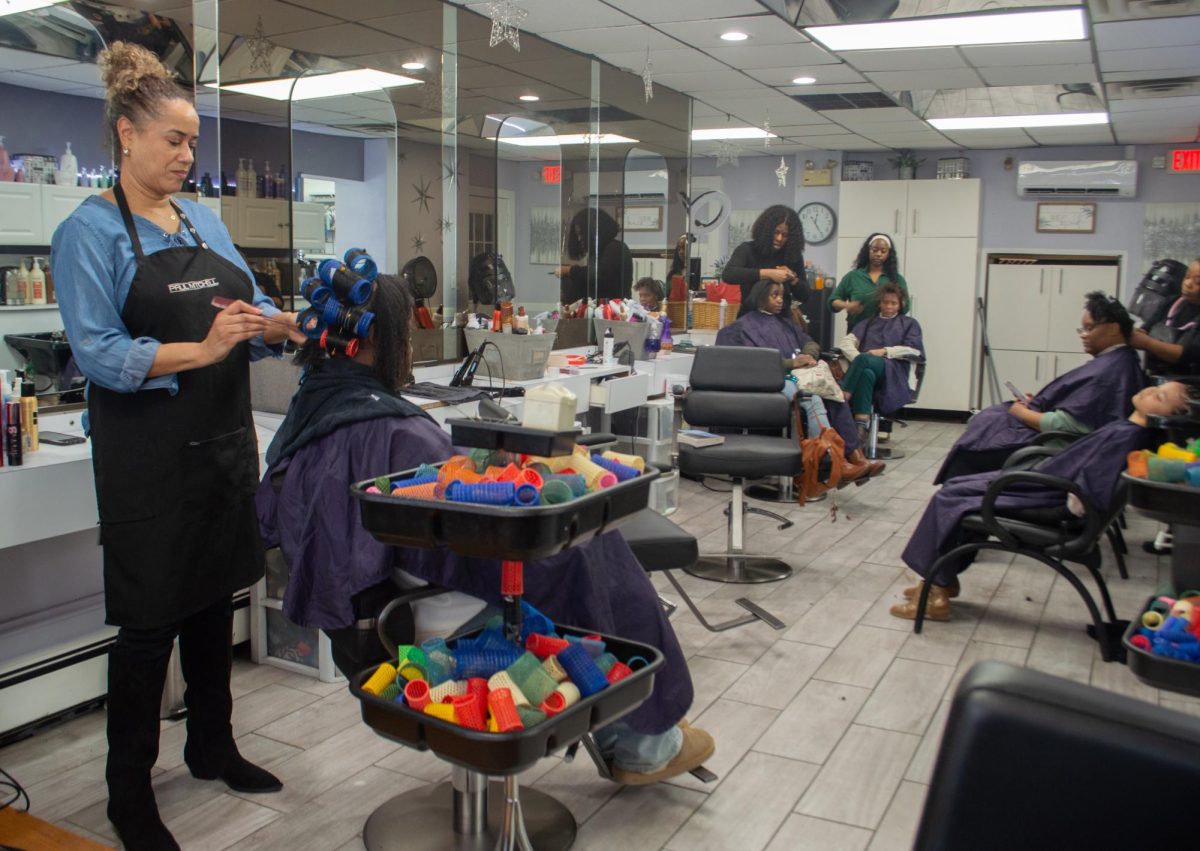By Alejandro Serrano, news correspondent
Daniel T. O’Brien, an assistant professor in the School of Public Policy and Urban Affairs at Northeastern University, says that broken beer bottles on the street and spray paint on the side of buildings are no longer enough to determine if an area is dangerous.
His newest report, “Public and Private Spheres of Neighborhood Disorder: Assessing Pathways to Violence Using Large-scale Digital Records,” refutes the popular “broken windows” theory first introduced in 1982 that suggests these superficial traits can predict an area’s future crime rate.
O’Brien and co-author Ralph J. Sampson, a Harvard University professor, found that personal disputes, not physical blights, are the surest predictor of future crime in a neighborhood.
“The main variable suggesting an increase in disorder and crime in a neighborhood is social conflict in private spaces,” O’Brien, also an assistant professor in the School of Criminology and Criminal Justice, said.
The study’s results, O’Brien said, indicate that interpersonal conflict can spread quickly from private locations into the public space, a theory the authors termed the “social escalation” model of violence.
“Private conflict manifests itself repeatedly, in different contexts or at new levels, reinforcing itself over time,” the study said.
While the report did not fully examine how or why domestic conflict predicts future crimes, the authors speculated that private violence is contagious by nature. Grudges and anger persist after domestic incidents and trigger public confrontations. In turn, these incite more violence, draw in previously uninvolved participants and contribute to physical and social disarray, according to the report.
George L. Kelling, who first coined broken windows theory with criminologist James Q. Wilson, defended his work and questioned O’Brien’s.
“Broken window is a part of community policing,” Kelling said. “If you want to do community policing well, you will respond to the citizen demands for restoration of order and maintenance of order.”
Since Kelling and Wilson debuted their theory 30 years ago, it has been implemented to various degrees in US cities, perhaps most prominently by New York Police Department (NYPD) Commissioner William Bratton beginning in 1994.
Before assuming control of the NYPD, Bratton led the Massachusetts Bay Transit Authority police and, briefly, the Boston Police Department (BPD).
Even though its principles have been adopted in several forms by Boston and other cities, broken windows theory raises troubling questions, Eliza Mendoza, a freshman criminal justice major, said.
“I can’t really see broken-window policing as effective,” Mendoza said. “The theory has some basis in reality, but it all depends on the people. For example: drug dealing. If there is a demand for it, it will persist. It may be more noticeable in a neighborhood that fits the theory, but that’s not to say it doesn’t happen elsewhere.”
In the study, O’Brien and his colleagues analyzed a database of more than 1.2 million calls to the Boston 911 emergency line and the 311 social service line, which handles tasks like graffiti removal and street light repairs.
They divided the calls into groups representing six types of events: public social disorder; public violence not involving guns; gun violence; private conflict, including domestic violence and disputes; public, physical disorder; and private property disrepair.
After analyzing statistical correlations between the six categories, the researchers found that private conflict was the strongest predictor of all kinds of crime and unrest in the model.
The key indicators of crime according to the broken windows model, meanwhile, demonstrated little to no correlation with future violence or disorder, suggesting the mechanism of crime in cities is not yet completely understood.
According to Peter Manning, Northeastern professor of criminal justice and criminology, the task of perfectly explaining criminological trends is secondary to the well-being of communities.
“If broken windows was used as a regulatory framework and was actually practiced and rewarded, as it was for a while in Chicago, it can improve life,” Manning said.
The level to which broken windows philosophy currently guides Boston police is unclear. BPD officials did not respond to requests for comment on the department’s policing philosophy.
“I think [the research] supports a shift that we are already seeing in many cities towards community policing and collaboration with other social services,” O’Brien said. “It suggests that, as much as responding to violent crime itself, police departments, social workers and others should work with families and communities that are experiencing high levels of conflict to defuse these situations before they escalate into more serious issues.”
Photo courtesy Louis DaRos/School of Public Policy and Urban Affairs









